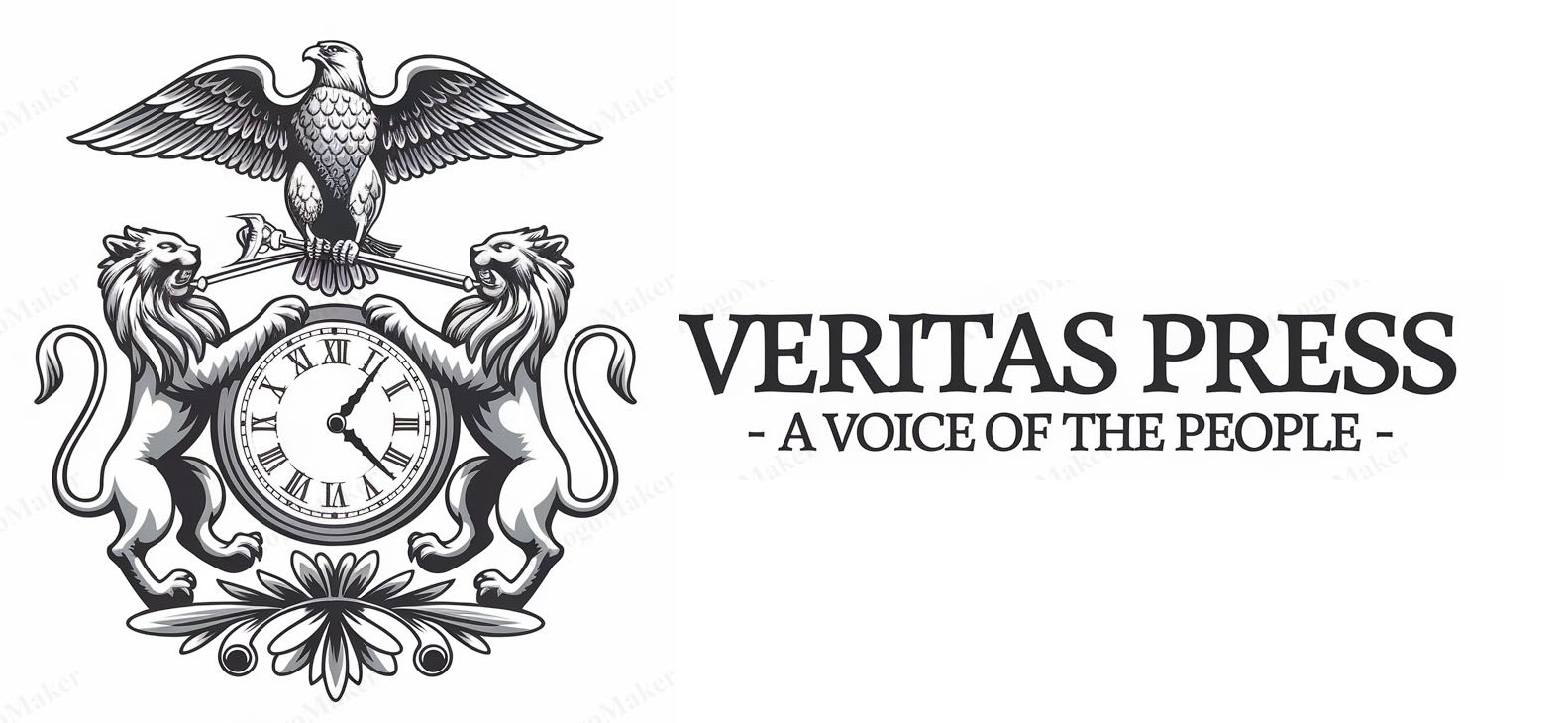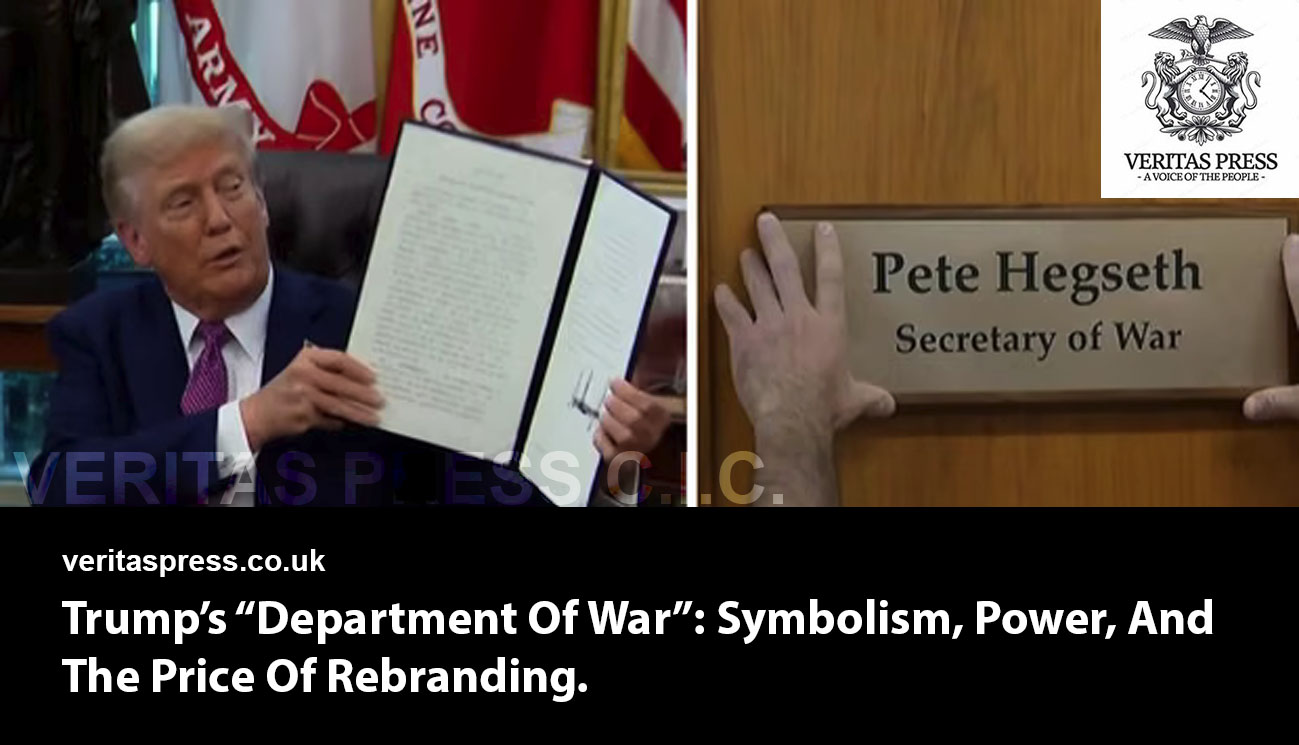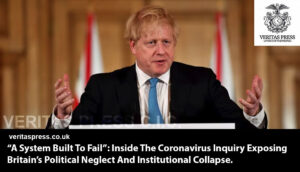Press Release: Veritas Press C.I.C.
Author: Kamran Faqir
Article Date Published: 07 Sept 2025 at 10:55 GMT
Article: Americas| USA | Trump’s Department of War
Source(s): Veritas Press C.I.C. | Multi News Agencies
Washington, D.C. — President Donald Trump signed an executive order Friday to rebrand the Pentagon as the “Department of War”, resurrecting a name abandoned more than 75 years ago and thrusting the U.S. military into a new era of symbolic politics, aggressive rhetoric, and costly bureaucratic upheaval.
The rebranding, move, and authorising “Department of War” as a secondary title alongside the statutory “Department of Defence”, bypasses the need for congressional approval, though Trump’s allies are already pushing legislation to make the change permanent.
The rebrand, presented as a restoration of America’s martial tradition, has sparked celebration among Trump loyalists, fury among defence officials, and unease among allies. Critics warn it projects a dangerous image to the world: that Washington is discarding defence in favour of war.
A Name Meant To Send A Message:
Flanked by Defence Secretary Pete Hegseth and top generals in the Oval Office, Trump invoked the memory of America’s 20th-century victories as justification:
“We won World War I, we won World War II, we won everything before that and in between. And then we decided to go woke and we changed the name to the Department of Defence,” Trump said. “Now we’re going back to winning.”
Almost immediately, Pentagon officials began rolling out the symbolic changes. The website defense.gov now redirects to war.gov. Hegseth’s office door was fitted with a new “Secretary of War” placard. The Pentagon’s X account rebranded with a fresh seal reading Department of War.
In a slick promotional video, Hegseth read from notes, declaring: “We’re going on offence, not just on defence. We’re raising up warriors, not just defenders.” The spot closed with the tagline: “Peace through strength, brought to you by the War Department.”
History Rewritten:
The “Department of War” was America’s first military institution, created by George Washington in 1789. It lasted until 1947, when Harry Truman’s postwar reforms replaced it with the Department of Defence, a move meant to highlight deterrence, not aggression, in the atomic age.
Trump’s order is the first attempt since then to formally resurrect the name. “It’s about restoring what made America strong,” Hegseth said. “The War Department built victory. The Defence Department built bureaucracy.”
Yet while executive authority allows for symbolic renaming, only Congress can change the department’s legal title. Republican lawmakers Greg Steube, Mike Lee, and Rick Scott have already introduced bills to codify the switch. But even within the GOP, dissent is surfacing.
“If we call it the Department of War, we’d better equip the military to actually prevent and win wars,” said Sen. Mitch McConnell. “Peace through strength requires investment, not just rebranding.”
A Billion-Dollar Bureaucratic Headache:
Inside the Pentagon, the reaction was less triumphant. Officials say the order could trigger a logistical nightmare, costing billions to update seals, stationery, signs, uniforms, IT systems, and contracts across 700,000 facilities in 40 countries.
“This is purely for domestic political audiences,” a former defence official told Politico. “Not only will this cost millions, but it will have zero impact on China or Russia. Worse, it hands them propaganda to paint the U.S. as warmongering.”
Another official warned of “a million small headaches”, from redesigning chow hall napkins and embroidered jackets to rewriting binding defence contracts. Contractors and universities dependent on Pentagon funding are already grappling with how to market their ties to a “Department of War” without alarming partners.
War Branding Meets Real War:
The rebrand coincides with a dramatic escalation in U.S. military activity. Just days before the executive order, a U.S. Navy airstrike in international waters killed 11 people on a small boat accused of drug trafficking for Venezuela’s Tren de Aragua gang.
Vice President JD Vance defended the strike as “the highest and best use of our military,” but international law experts are questioning its legality. The Pentagon has since confirmed that seven warships and a nuclear-powered submarine were dispatched to the Caribbean in the aftermath.
For critics, the timing is telling. “This isn’t just semantics, it’s a deliberate embrace of militarism,” said Sen. Jeanne Shaheen, the top Democrat on the Senate Foreign Relations Committee. “To rebrand as the Department of War while carrying out controversial strikes sends a reckless message to allies and adversaries alike.”
The Politics Of “Peace Through Strength”:
Trump has long styled himself as an “anti-war president,” campaigning on promises to end endless wars. But the “Department of War” order and the administration’s martial rhetoric reveals a sharp pivot.
“We’re going to go on offence, not just on defence. Maximum lethality, not tepid legality,” Hegseth declared during the Oval Office signing.
To critics, the words are a mask for contradictions. “Trump is leaning into militaristic branding at the same time he claims to seek peace prizes,” said a former National Security Council official. “It’s political theatre, but with global consequences.”
Allies Alarmed, Adversaries Delighted:
International reactions are beginning to surface. European officials privately told reporters they fear the change will erode U.S. credibility as a stabilising power. Russian and Chinese state media immediately seized on the rebrand, portraying it as proof that America’s true agenda is war, not peace.
Even some inside the Pentagon privately admit the optics could be disastrous. One official said they personally created a “Department of War” LinkedIn page to prevent adversaries from exploiting it for disinformation.
Conclusion: Semantics Or Strategy?:
The rebranding of the Pentagon may appear cosmetic, but it is freighted with meaning. It projects a war-first identity to the world, reshapes how the U.S. military presents itself to its own people, and risks billions in logistical costs.
Whether Congress formalises the change or not, the symbolism is unmistakable: Trump’s America is no longer defending. It is declaring war.
As one defence industry consultant put it:
“More strategically, even philosophically, it raises new questions. What does it mean to support the Department of War? For allies, it sounds belligerent. For adversaries, it’s a gift.”
Tags:




























Leave a Reply